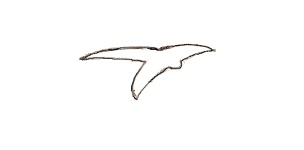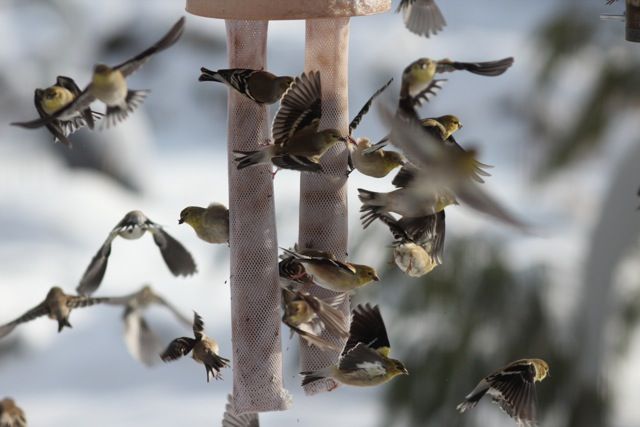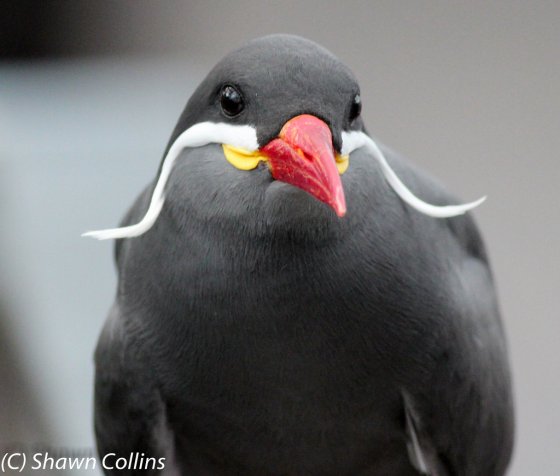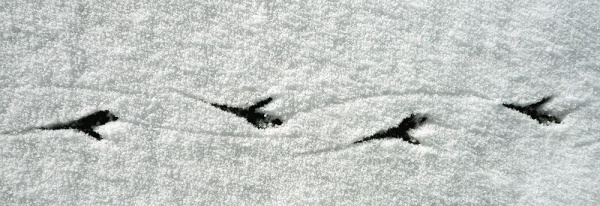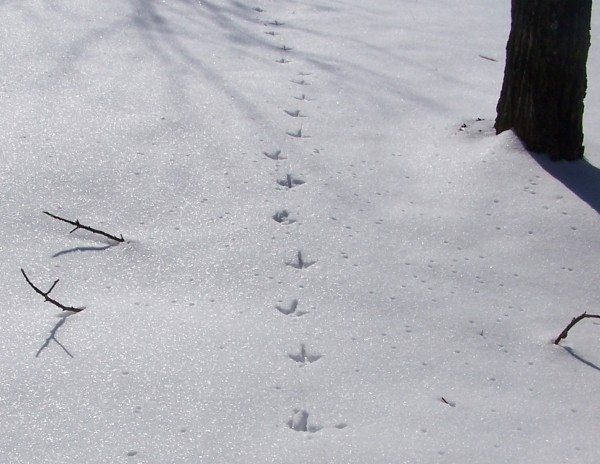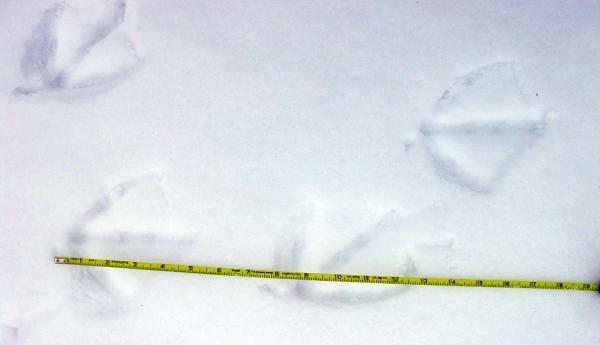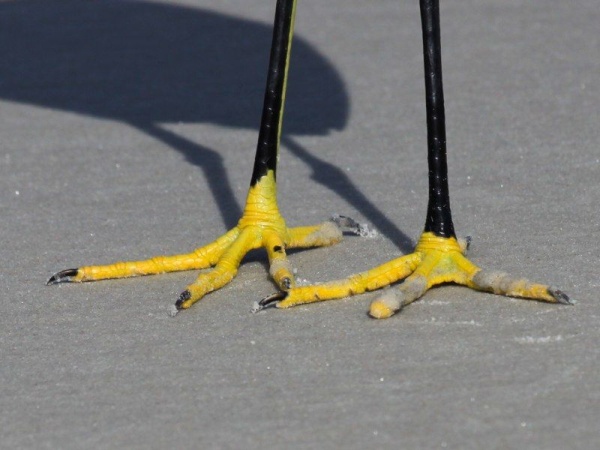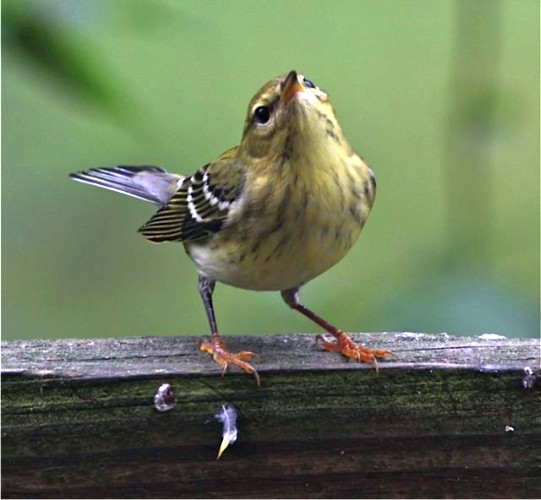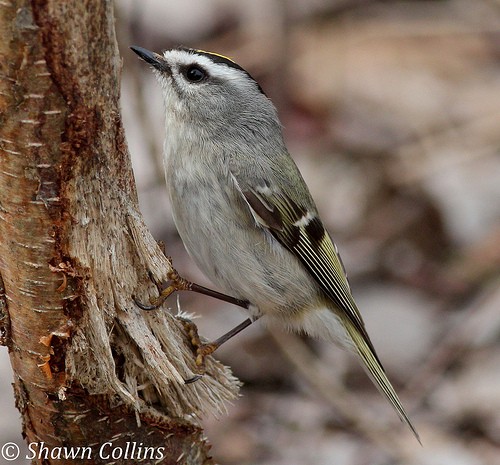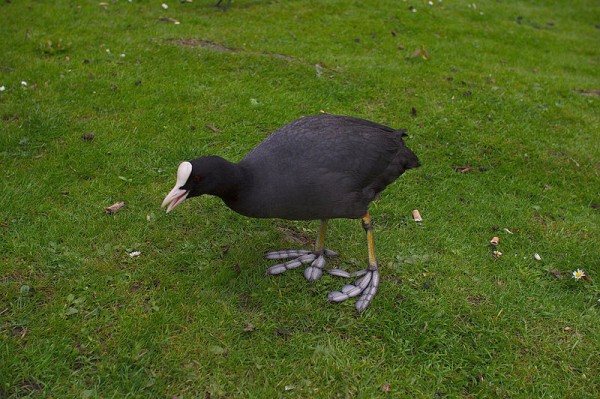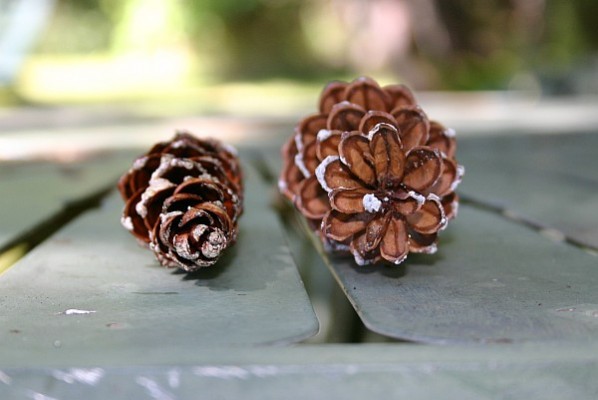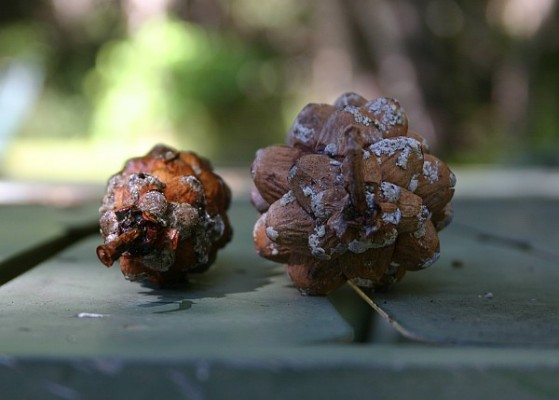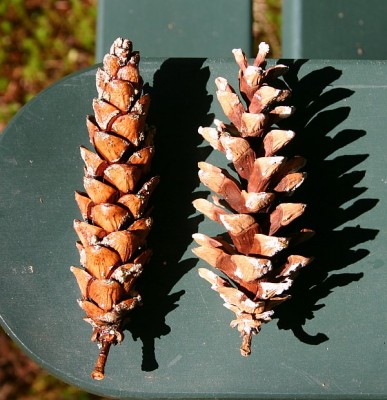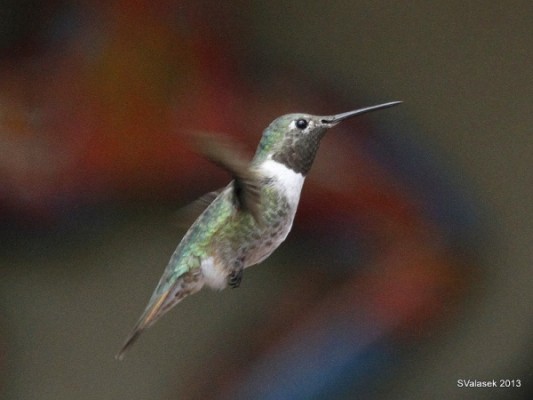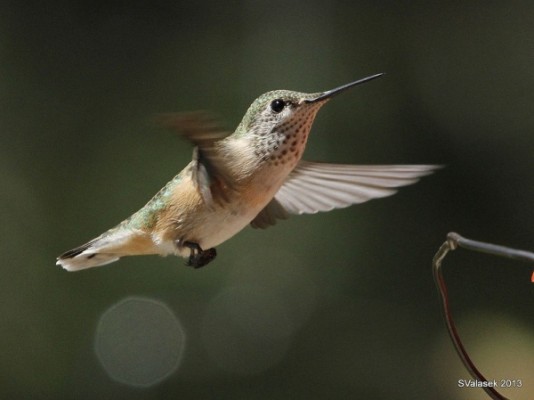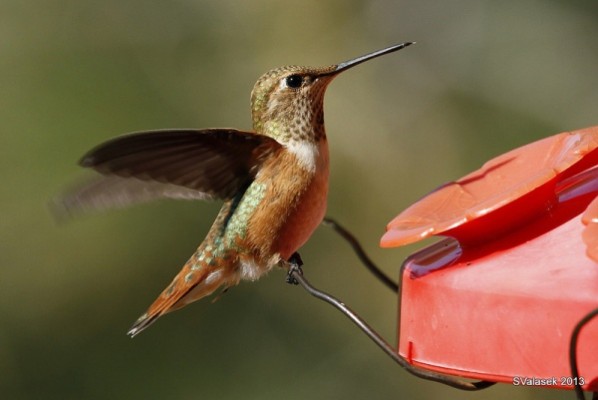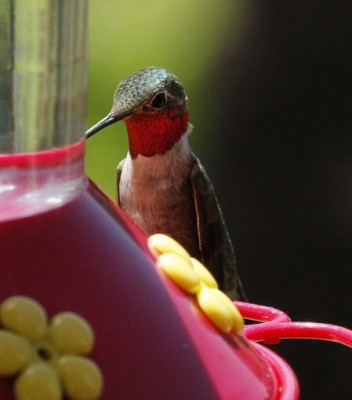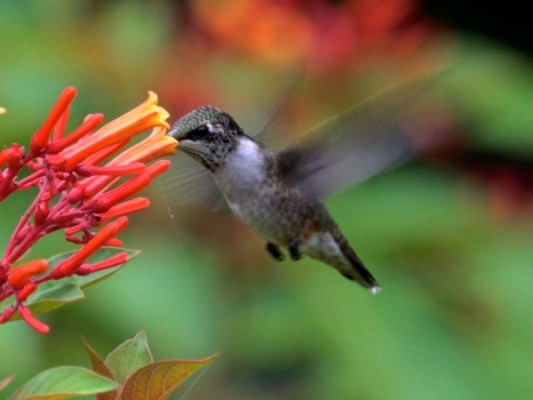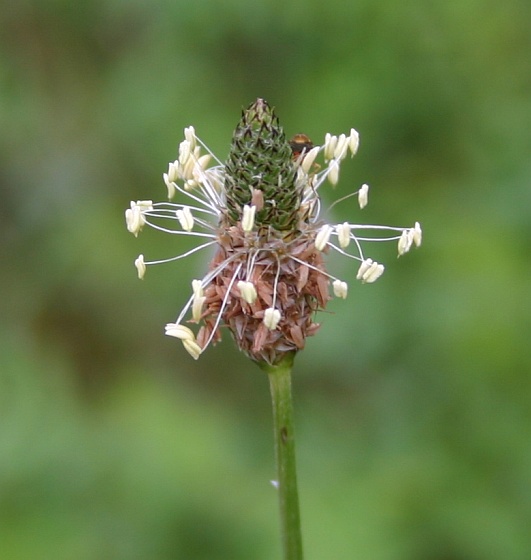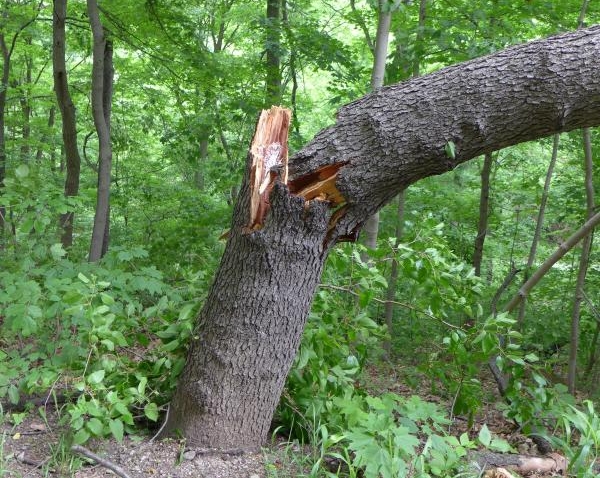
4 June 2014
When I see a tree snapped in half like this I have to ask: What made this tree fall over?
I did some detective work . Here are the clues:
- The tree is a black cherry (Prunus serotina)
- It was alive when it fell. It grew leaves this spring so the structural weakness wasn’t evident until the tree broke.
- This is the only broken tree at this location in Schenley Park. Even if a strong wind snapped the trunk it wasn’t strong enough to damage other trees.
- The trunk is not hollow inside the break though there are air gaps between the light outer wood and dark inner core.
- There’s a white flaky fungus inside the trunk that coats the light wood layers.
- Did the white stuff weaken the trunk? Is it responsible for the break?
The trunk isn’t hollow but there are white sheets in the layers of the wood.
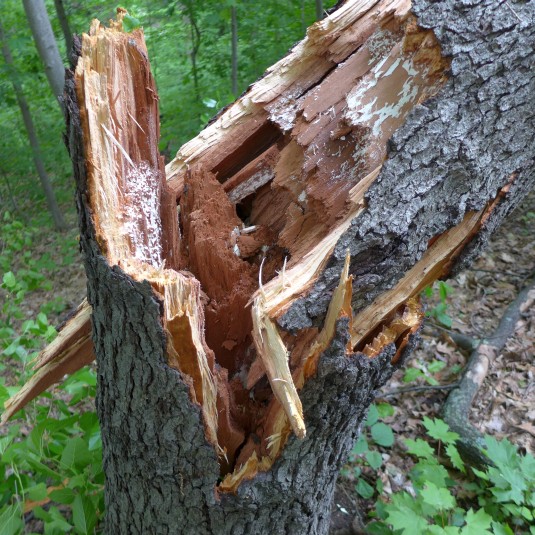
Here’s a close look at the white flaky fungus. It reminds me of the white correction tape I use on paper.
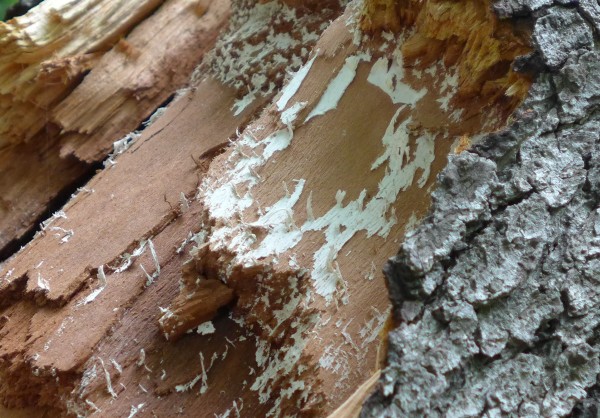
What do you think? Is this the reason the tree fell over?
Leave a comment with your answer.
Thanks!
(photos by Kate St. John)
UPDATE with the answer! The white fungus is a species of Armillaria or honey fungus. (See Maureen Hobma’s comment below.) I wrote about Armillaria on 16 January 2014 because it’s the largest living organism. Up until now, I had only seen Armillaria‘s black rope-y strands and honey mushrooms. The white fungal sheets are newer growth, the mycelium. It can be bio-luminescent! I learn something new every day.
